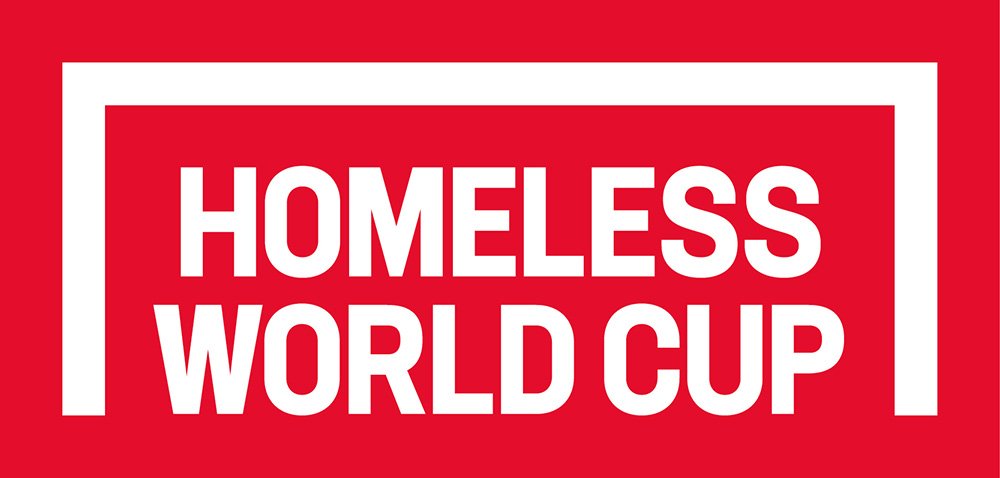
India
SLUM SOCCER
Slum Soccer aim to reach underprivileged people using football as a tool for social empowerment. They operate all over India, and engage several hundred children and young adults every day.
Slum Soccer India promote development through the medium of football on a daily basis. Providing socially neglected people with a chance to play football not only enhances their fitness, but also encourages skills and values like team-building, self-esteem, friendship, self-confidence, and creativity. Organised sessions with trained coaches are conducted on a regular basis, reaching as many as 700 children every day.
Country statistics
134 out of 193 in Human Development Index rankings (UNDP, 2025)
Average annual salary per person $2,540 (World Bank, 2025)
41% of the population live under the poverty line. (WFP, 2021)
With a population of more than 1.4 billion, India’s population is second only to China’s. Poverty underpins most of the challenges the world’s second-most populated country faces, with more than 1.7 million people estimated to be homeless (World Population Review, 2025) and almost 50% of the country’s population living in urban slums (World Bank, 2025).
The country is ranked 134th out of 193 on the Human Development Index (UNDP, 2025) and unemployment rates sit around 10% (Habitat for Humanity, 2025). The same percentage of people live on less than US$2 a day (WFP, 2025). Significant portions of the country’s population seek employment overseas in an effort to break the cycle of poverty.
The literacy rate is 77%, below the global average of 86.3% (UNDP, 2025). Access to clean water and sanitation, compounded by population density, as well as food insecurity and malnutrition are pressing health issues throughout the country (WFP, 2025).
STORIES from the region










